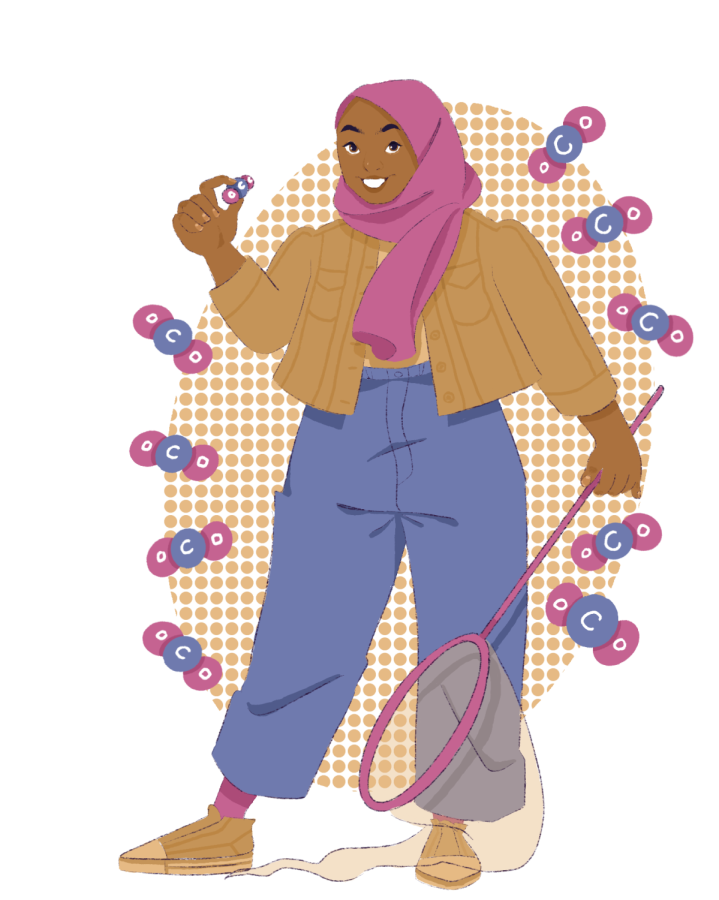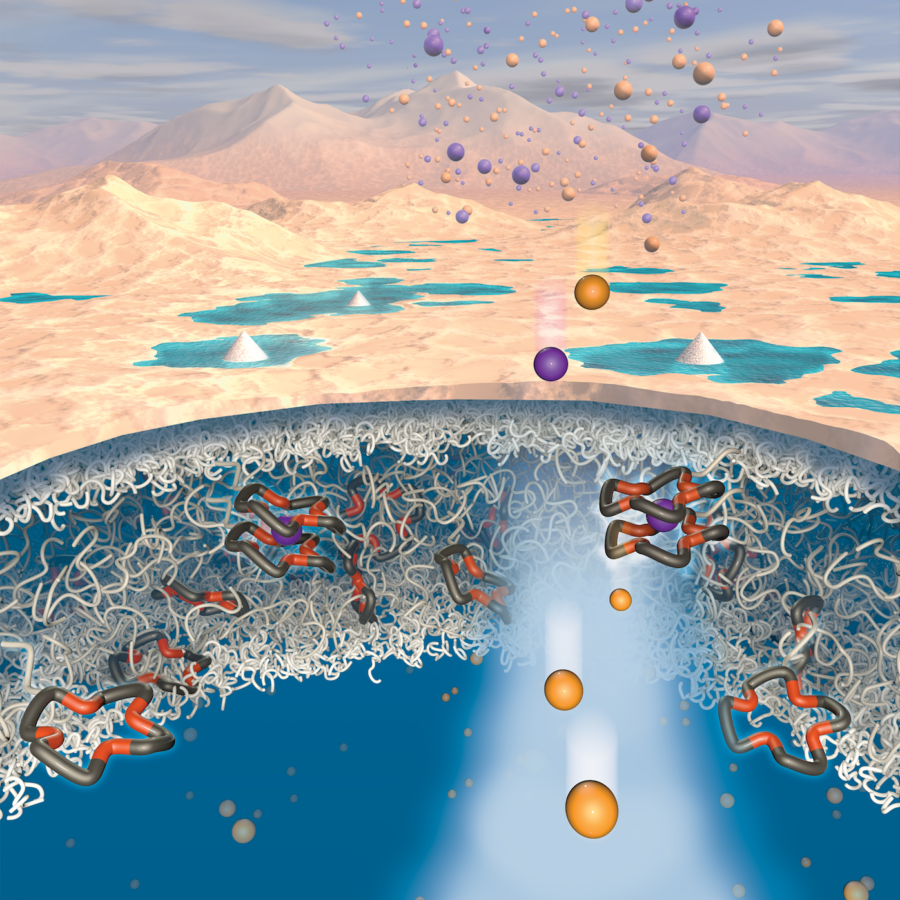Before construction started on the Dell Medical School, inaugural Dean Clay Johnston halted progress and insisted on the addition of a green roof.
Green roofs are small plots of soil planted on urban structures that harbor various plant species, which absorb rainfall and bring natural beauty to cities. An extensive green roof, similar to Dell Medical’s, holds these miniature ecosystems in soil ranging from a depth of one to 10 inches.
Because of the benefits it provides a community, green infrastructure garners support from people such as John Hart Asher, an environmental designer from the Lady Bird Johnson Wildflower Center, who helped incorporate the roof.
“The architect had already approved it, but at that point the dean asked to edit the design to include a green roof, the green roof was not initially part of it,” Asher said. “We were really excited that we had such wonderful leadership at UT that’s willing to make that change.”
According to Asher, Dr. Johnston wanted to include the green roof because he was aware of the healing powers of nature and saw an opportunity to bring some of those benefits to the Medical Center.
Asher says his team employs ecosystem services provided by nature, such as water absorption and natural beauty, in their projects. Designers select plant species to reach specific goals. The Dell Medical roof harnesses the resilience of cacti and succulents to conserve water, and incorporates wildflowers such as bluebonnets to beautify the structure.
Humans require a connection with nature, Asher said, and green roofs aim to re-establish this connection with seamless incorporation of natural beauty into urban landscapes. They weave principles from architecture and ecology together into beautiful, functional designs, he added.
Green roofs also help mitigate increased flooding due to climate change. These effects are especially relevant to Texans, who experience damaging flash floods on a relatively regular basis — according to an analysis by Kinetic Analysis Corp., flooding cost Texans nearly $3 billion in 2015.
“The projection is that we will have more intense storms in Central Texas (because of climate change),” geosciences lecturer Mary Poteet said.
More frequent, intense storms means Austin will receive more rainfall in less time, leading to flooding. Impervious cover, such as the concrete roads and buildings abundant in urban environments, makes floods even worse.
“The bottom line is, impervious cover increases storm flow, and on top of that you have an increase in the intensity of storms,” Poteet said. “It’s the smaller creeks, (such as) Onion and Waller Creek (which run through the heart of the UT campus) that flood really badly. One of the big stressors on streams is impervious cover.”
Green roofs replace impermeable surfaces with systems that absorb and retain rainfall. As a result, water that would normally collect on roads and inflict damage as floodwater is absorbed by soil and plants.
Austin already contains several examples of green infrastructure. Mueller, just two miles from UT, is a 700-acre site dedicated to working with nature to create a sustainable community. The city has also proposed improvements to Duncan Park, such as adding a rain garden and extra storm drainage to address flooding concerns.
“Austin has a very forward-thinking approach to climate change and green cities,” Poteet said.
Projects such as the Dell Medical roof add the city of Austin to a growing list of cities answering the call for sustainable solutions. For example, Chicago plans to incorporate 500 new green roofs each year until 2020, according to the U. S. Green Building Council, an organization that promotes sustainable buildings.
“Austin is doing a great job, but it’s good to know that other big cities are looking into (green infrastructure) as well,” Asher said. ”How are we looking at this, as a problem or as an opportunity? I prefer the latter.”





















